Rudi Lee McCarthy at The LAB Gallery
When life gives you lemons.. use them to marinade tomatoes! That’s just what contemporary artist and chef Rudi Lee McCarthy did, from which grew the basis of his contemporary art practice and final year research project.
A recent NCAD sculpture graduate, his multidisciplinary practice combines the art of cooking and conversation set against the backdrop of a deeper research project into the history of ingredients and recipes, in particular the tomato.
It is a thoughtful and socially engaged practice that asks us to consider the nature of the food we eat, where the ingredients come from and how they came to be on our plate. Whilst simultaneously enjoying a sustainably-sourced delicious meal of course.
His practice began a few years ago with a desire to reimagine Irish cuisine. The artist began experimenting with traditional Irish recipes, exploring tastes and recipes whilst considering the sustainability of the ingredients he was using. His recipes were inspired by the paintings of Jack B Yeats, infused with a rich colour pallet and with an even richer combination of Irish flavours.
After the passing of his Grandfather who had always encouraged him to travel Europe and explore landscape painting, Rudi travelled to Naples, Italy, where instead he decided to study the landscape of food. He enrolled in a traditionally Napoleon cooking course and spent an intensive week learning about the history of tomatoes. He learned to cook traditional ravioli with tomato sauce and how to make the correct tomato base for pizza Napoli, Naples being the original birthplace of Pizza.
It was here that the artist became inspired by the potential and culinary uses of the tomato, and he soon began researching its history. While in conversation with a friend, he also learned of the Mexican tradition of marinating tomatoes in lemon, which provided the inspiration for Rudi’s final year project and out of which grew his unique art practice.
The LAB Gallery was delighted to invite Rudi to further develop his practice and explore it within an international context. He gave a demonstration of his practice last week at The LAB as part of an EU meeting in Dublin with Looking to Understand Inclusion. Serving up a first course, a rich tomato sauce with freshly blanched spaghetti pasta, dressed with basil and olive oil, Rudi elaborated on the history of the dish he has made and the ingredients used. The tomato is a relatively new fruit in European cooking, and to highlight this he informs us that Julius Caesar (100BC – 44BC), would never have encountered a tomato in his lifetime. It was introduced to Europe much later. Despite being widely associated with the Italians, the tomato does not in fact originate from Italy. Its ancestral home is in South America. It only came to mainland European via the Spanish conquistadores. The tomato and spaghetti dish presented by Rudi was the artist’s own interpretation of the first recorded recipe in Europe documenting the use of tomatoes. Written by Antonio Latini, steward for the Viceroy of Spain Naples who referred to it as a tomato sauce.
For his the second course, Rudi presented a Ghanaian coconut rice dish with a tomato gravy. It’s given the term gravy Rudi outlined because of the method in which the tomatoes are left stewing in a pot with the other ingredients. It provided a real kick but and subtle undertones of thyme running through it. Rudi’s research delved into the contemporary slave trade as he sought to explore why large food chains can sell fruit and vegetables for such low prices. His research follows the industry behind the tomato in Almeria, a region in the South of Spain. Looking at where this fruit comes form, exposes hard truths. The exploitation of both land and people, in a region supplying one of the largest proportions of tomatoes in Europe. So much so, that the greenhouses in this region are visible from space. His research into this trade exposes a serious exploitation of West African people, in forced and bonded labour, working and living under unfavourable conditions. This dish was inspired by the cooking traditions of West African’s who are forming the basis of the unequitable tomato trade in Spain.
Rudi’s demonstration was set against a large colourful canvas painted by the artist, a visual interpretation of his research. In this painting Rudi conveys the various elements of his research in the form of text, symbols, mapping and figurative elements. The European participants from Looking to Understand Inclusion decided to explore the work using Visual Thinking Strategies (VTS). This closer consideration of the painting revealed a powerful mural; it maps the various geographical locations researched by the artist, surrounded by quotes, slogans, and identifiable consumerist symbols. It eludes to the contemporary slave trade and the systems that uphold the industry behind the tomato, and even highlights some of the devastating side effects of this tomato industry. All of this is overlaid with a haunting image of an almost faceless man, which revealed by the VTS session appears to be carrying the weight of a large tomato on his shoulder, and thus carrying the brunt of this history and exploitation of people, enabled by the current industry supporting tomato production – serving as a reminder to closely consider what we eat and where our food comes.
Rudi’s practice of cooking sustainably sourced Irish ingredients, paired with a side of history and a privilege check, culminates in in a powerful lunch experience that was both thought-provoking and insightful. His research highlights the exploitation in Europe behind this red fruit that has become so common place in many of our lives. The food was delicious, and the history lesson disarming. It served as a potent message to appreciate what we eat, to buy locally-sourced sustainable ingredients if or when we can, and to be mindful of how these ingredients reach our plates in the first place – thank you Rudi!




